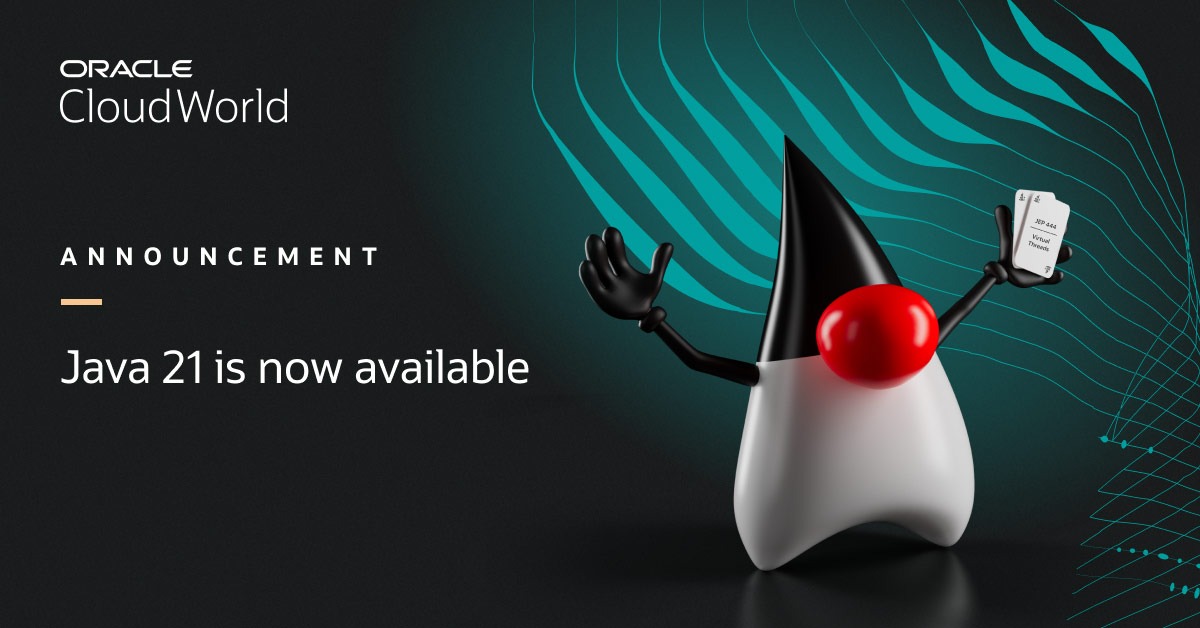As the technology landscape continues to evolve, so does the powerhouse programming language, Java. With the release of Java 21, developers find themselves at the intersection of tradition and innovation, as this latest version brings a host of features designed to enhance productivity, security, and performance. In this article, we’ll explore the key highlights of Java 21 and how it shapes the future of Java development.
- Project Loom: Java 21 introduces Project Loom, a game-changer for concurrency in Java. Loom brings lightweight, user-mode threads known as fibers, enabling developers to write highly concurrent applications with improved scalability and responsiveness. The simplification of concurrency management in Java 21 is set to revolutionize the way developers approach multi-threading.
- Pattern Matching Enhancements: Building on the pattern matching introduced in Java 17, Java 21 takes it a step further. With enhanced support for switch expressions and pattern matching for the ‘instanceof’ operator, developers can write more concise and readable code. These enhancements aim to streamline complex conditional logic, making code maintenance and readability a breeze.
- Record Types Evolution: Java 21 extends its support for records, a feature introduced in Java 16. This release enhances the capabilities of records, allowing developers to declare fields in the constructor and providing more flexibility in handling immutable data structures. The evolution of record types in Java 21 contributes to cleaner, more expressive code.
- JEP 422: New macOS Rendering Pipeline: Java 21 prioritizes the macOS platform with the introduction of a new rendering pipeline. This enhancement aims to improve graphics performance on macOS, providing a smoother and more responsive user experience for Java applications running on Apple devices.
- Foreign Function & Memory API (Incubator): Java 21 continues to embrace interoperability with native code through the Foreign Function & Memory API, now in the incubator phase. This API allows Java developers to interact seamlessly with native libraries and manage native memory efficiently. This feature opens doors for enhanced integration with existing native codebases.
Conclusion: Java 21 signifies more than just another update in the Java ecosystem. It marks a stride toward a future where Java remains a powerful, adaptable language at the forefront of modern software development. With features like Project Loom, refined pattern matching, evolved record types, macOS optimizations, and the Foreign Function & Memory API, Java 21 empowers developers to write cleaner, more efficient, and future-proof code. As we embrace this new chapter, Java 21 stands as a testament to the language’s commitment to innovation, longevity, and relevance in the ever-changing world of technology.
Java 21: A Leap Forward in the Evolution of Programming
